Tiny bubbles on newly cast leaves
auctionclerk
20 years ago
Related Stories
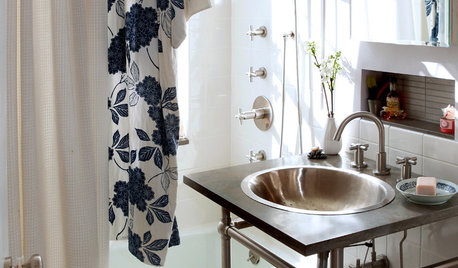
BATHROOM DESIGN8 Tiny Bathrooms With Big Personalities
Small wonders are challenging to pull off in bathroom design, but these 8 complete baths do it with as much grace as practicality
Full Story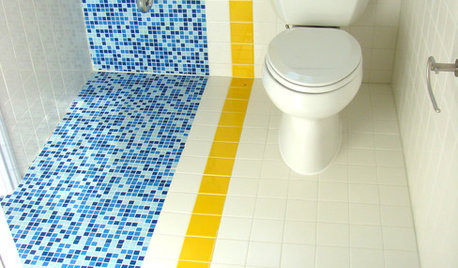
BATHROOM DESIGN9 Big Space-Saving Ideas for Tiny Bathrooms
Look to these layouts and features to fit everything you need in the bath without feeling crammed in
Full Story
BATHROOM DESIGNDreaming of a Spa Tub at Home? Read This Pro Advice First
Before you float away on visions of jets and bubbles and the steamiest water around, consider these very real spa tub issues
Full Story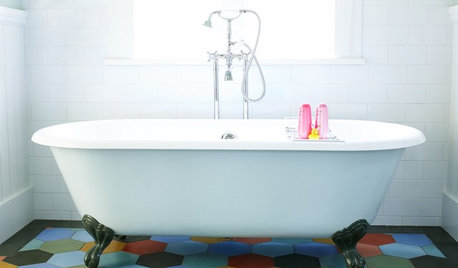
GREAT HOME PROJECTSHow to Get a Claw-Foot Tub for Your Bathroom
Here’s what to know about buying vintage or new — and how to refurbish a classic
Full Story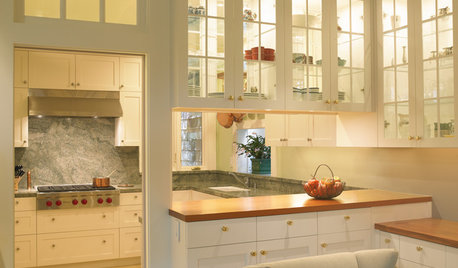
KITCHEN DESIGNHave Your Open Kitchen and Close It Off Too
Get the best of both worlds with a kitchen that can hide or be in plain sight, thanks to doors, curtains and savvy design
Full Story
HOUSEKEEPINGHow to Clean a Glass Shower Door
See which tools and methods will keep those glass shower walls and doors sparkling clean
Full Story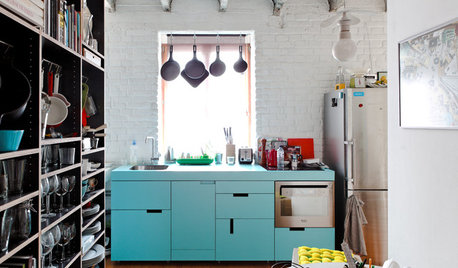
HOUZZ TOURSHouzz Tour: Industrial-Modern Studio in Slovakia
Cement ceilings and exposed brick walls form a backdrop for efficient storage and modern furniture in a Central European studio
Full Story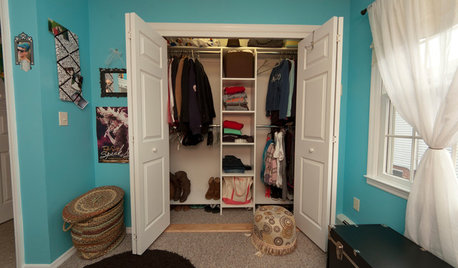
ORGANIZING7 Habits to Help a Tidy Closet Stay That Way
Cut the closet clutter for a lifetime — and save money too — by learning how to bring home only clothes you love and need
Full Story
KITCHEN COUNTERTOPS10 Top Backsplashes to Pair With Soapstone Countertops
Simplify your decision-making process by checking out how these styles work with soapstone
Full Story
BATHROOM DESIGN7 Reasons to Give Your Bath Zone a Living Room Vibe
With a few living room–like touches, you can transform your bathroom into a practical, relaxing retreat that’s overflowing with personality
Full Story





arcy_gw
leigh_wi
Related Professionals
Springfield Landscape Contractors · Aberdeen Landscape Contractors · Commack Landscape Contractors · Dickinson Landscape Contractors · Duarte Landscape Contractors · Fair Oaks Landscape Contractors · Fuquay-Varina Landscape Contractors · North Haven Landscape Contractors · Suitland Landscape Contractors · Colorado Springs Siding & Exteriors · Johns Creek Siding & Exteriors · Levittown Siding & Exteriors · Scotch Plains Siding & Exteriors · South Plainfield Siding & Exteriors · Oakville Siding & ExteriorsMimi_Carol
auctionclerkOriginal Author
Belgianpup
Dena6355
althea_gw
leigh_wi
velvet_sparrow
bodiCA
leigh_wi
wannadanc
auctionclerkOriginal Author
wannadanc
bodiCA
Mimi_Carol
bloominweeds
wannadanc
leigh_wi
bodiCA
Lois111
krystalmo
Lois111
designingoutloud
trixieloo
butterflybush
leigh_wi
butterflybush
leigh_wi
butterflybush
buckyforce
leafaholic
doc_dot
Mike Larkin